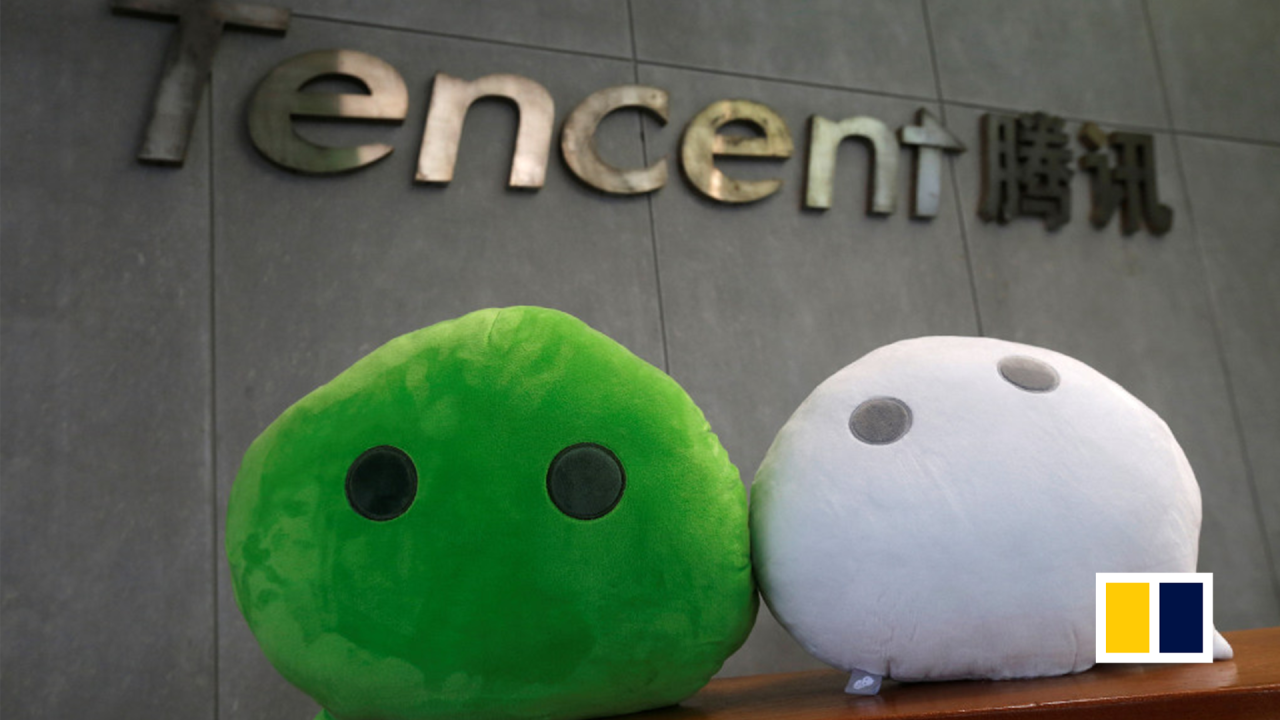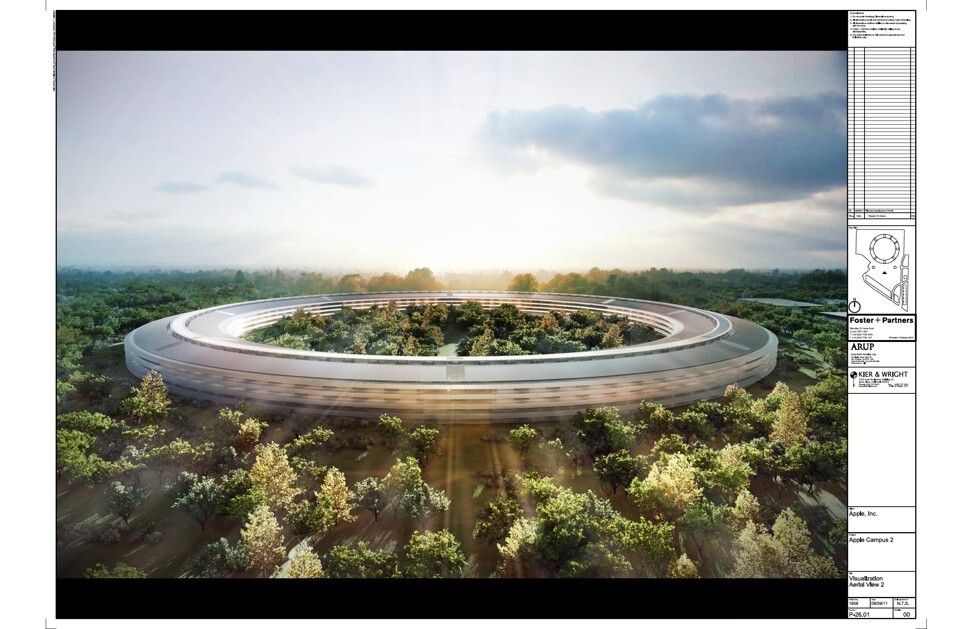
Tencent’s US$5.7 billion Shenzhen Net City costs more than Apple’s ‘spaceship’ campus. Here’s a peek at its green credentials
- We see industrial estates hosting tech firms making more efforts to provide a sustainable working environment in China, Knight Frank executive says
- Net City is using older principles such as mangroves with cutting-edge technology: architect
Net City, the new development, will be as big as Midtown Manhattan at 132.6 hectares, and is coming up in the city’s Dachanwan port area. Work on the project started last month.
Tencent’s green push follows a surprise commitment by Chinese President Xi Jinping last year to steer China – the world’s biggest greenhouse gas emitter – towards carbon neutrality by 2060, and given its size and influence, the WeChat operator might start a sustainability trend in China’s office market, industry observers said.
“We can already see more industrial estates that host technology companies putting more of an effort into providing a sustainable working environment in China,” said Martin Wong, head of research at Knight Frank. “Office blocks offering such features can now ask for a premium on top [of average rents]. In the future, it will be a must-have requirement. If your building is not sustainable, it will be very difficult to find tenants.”
Tencent’s Net City has been designed to be “centred with nature and people, not cars and machines”, said Jonathan Ward, a design partner at Seattle-based architectural firm NBBJ, which designed the project. “Nature-based features will be used widely in the development. For example, mangrove trees will be planted at the shoreline’s edge to absorb rain water, which could [otherwise] pollute the seawater if you just let it run off concrete buildings,” he said.

02:26
What makes Tencent such a tech goliath?
The development will feature 200 hectares of building space, which will comprise Tencent offices and residences for employees, communal areas, schools, retail stores, parks, public transport and a waterfront area, among other amenities.
The project, with a construction price tag of 37 billion yuan (US$5.7 billion), costs more than Apple’s US$4.2 billion donut-shaped head office in Cupertino, California, dubbed the “spaceship.”
The trend of mega campuses, or “mini cities” as they are sometimes referred to, is not new. Corporate campuses styled on university towns were first adopted in the US for research scientists and engineers about six decade ago.

01:23
Inside Huawei’s lakeside campus that replicates 12 European cities
“For employees, such a campus is not just a physical workspace. It is a utopia where they can try their ideas freely … a playground where they can play and socialise,” said Knight Frank’s Wong.
Sustainability was a primary driver of Net City’s overall design, according to NBBJ. The plans for Net City include features such as solar panels on rooftops and sensors that track environmental performance, such as light, carbon emissions and flooding. Car access will be limited. A green corridor connecting all areas will help pedestrians, bicycles and autonomous vehicles move around conveniently.
“What’s interesting is that Net City adopts older principles such as mangroves [and uses it] with really cutting-edge technology. We will see something really cool happen [here] and that is what we are looking for,” Ward said.
“Tencent’s sustainability aspirations are very important and the company has been very positive and very collaborative on the master plan. We met them twice or three times a week to go through all the details,” he added.

Tencent is just the latest among Chinese technology companies to focus on sustainability. For instance, home-grown smartphone giant Vivo last year unveiled the design for its 32-floor green headquarters, also in Shenzhen. The geometry of the building, which is expected to be operational in 2025, will create shade in the summer and add daylight in the winter to save energy.
Alibaba’s Xixi Campus relies on windows to let in fresh air and for natural ventilation. The building thus reduces its reliance on heating and air conditioning. It also harvests rainwater for landscaping and non-potable uses.
“Technology companies, by nature, are leading the spectrum of sustainability. They are thinking about data and how technology can make systems more effective,” Ward said.

